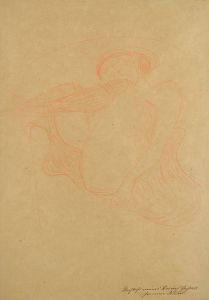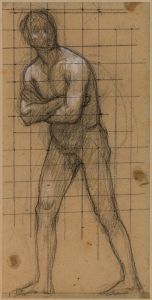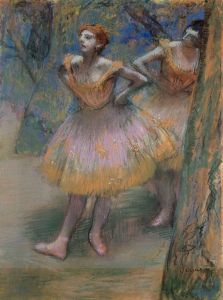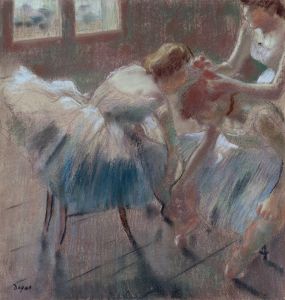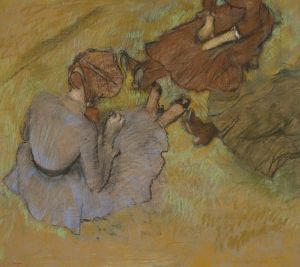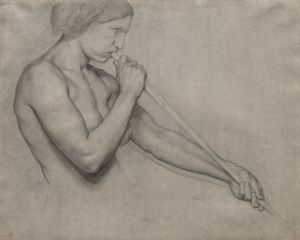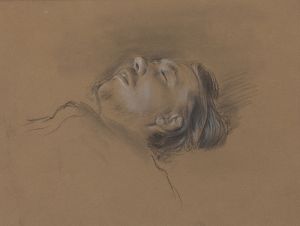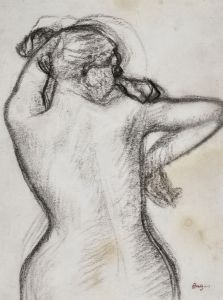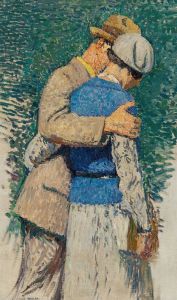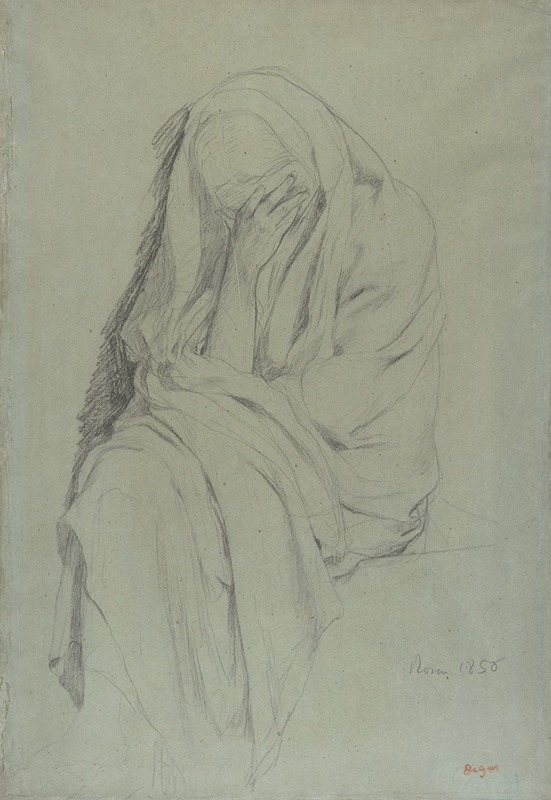
Study for Vieille Italienne
A hand-painted replica of Edgar Degas’s masterpiece Study for Vieille Italienne, meticulously crafted by professional artists to capture the true essence of the original. Each piece is created with museum-quality canvas and rare mineral pigments, carefully painted by experienced artists with delicate brushstrokes and rich, layered colors to perfectly recreate the texture of the original artwork. Unlike machine-printed reproductions, this hand-painted version brings the painting to life, infused with the artist’s emotions and skill in every stroke. Whether for personal collection or home decoration, it instantly elevates the artistic atmosphere of any space.
Edgar Degas, a prominent French artist known for his contributions to Impressionism, created a wide array of works that explored various subjects, including ballet dancers, racehorses, and everyday scenes. One of his lesser-known works is "Study for Vieille Italienne," which translates to "Study for Old Italian Woman." This piece is a testament to Degas's skill in capturing human expression and form, even in his studies and preparatory works.
"Study for Vieille Italienne" is a drawing that showcases Degas's interest in the human figure and his ability to convey character and emotion through his art. Although not as widely recognized as some of his other works, this study is significant in understanding Degas's artistic process and his approach to capturing the essence of his subjects. The drawing is executed with a keen attention to detail, highlighting Degas's mastery of line and form.
Degas often created studies as part of his artistic process, using them to experiment with composition, pose, and expression before committing to a final piece. These studies were crucial in helping him refine his ideas and techniques. "Study for Vieille Italienne" is an example of this practice, providing insight into how Degas developed his concepts and honed his skills.
The subject of the drawing, an elderly Italian woman, is depicted with a sense of dignity and presence. Degas's ability to capture the nuances of age and character is evident in the careful rendering of her features and posture. The study reflects his interest in portraying individuals from various walks of life, emphasizing the universality of human experience.
Degas's work is often associated with the Impressionist movement, although he preferred to be considered a realist. His focus on the human figure and everyday scenes set him apart from many of his contemporaries who were more interested in landscapes and the effects of light. "Study for Vieille Italienne" aligns with Degas's broader body of work, which frequently explored themes of human emotion and social interaction.
Throughout his career, Degas was known for his innovative use of materials and techniques. He often experimented with different media, including pastels, oils, and charcoal. While the specific medium used in "Study for Vieille Italienne" is not detailed, Degas's proficiency in various artistic methods is well-documented, and his studies often reflect this versatility.
Degas's legacy as an artist is marked by his ability to capture the complexity of human life with sensitivity and precision. "Study for Vieille Italienne" is a small but significant part of this legacy, offering a glimpse into the artist's process and his dedication to exploring the human condition. While not as famous as some of his other works, this study remains an important piece for understanding Degas's approach to art and his contribution to the world of painting and drawing.
In summary, "Study for Vieille Italienne" by Edgar Degas is a compelling example of the artist's skill in depicting human figures with depth and emotion. It serves as a valuable insight into his artistic process and his commitment to capturing the essence of his subjects.






